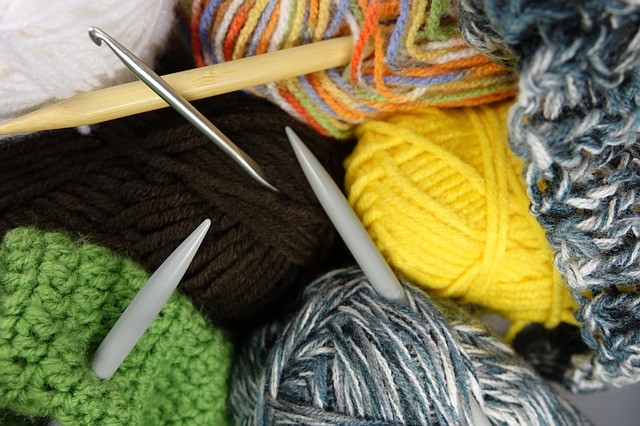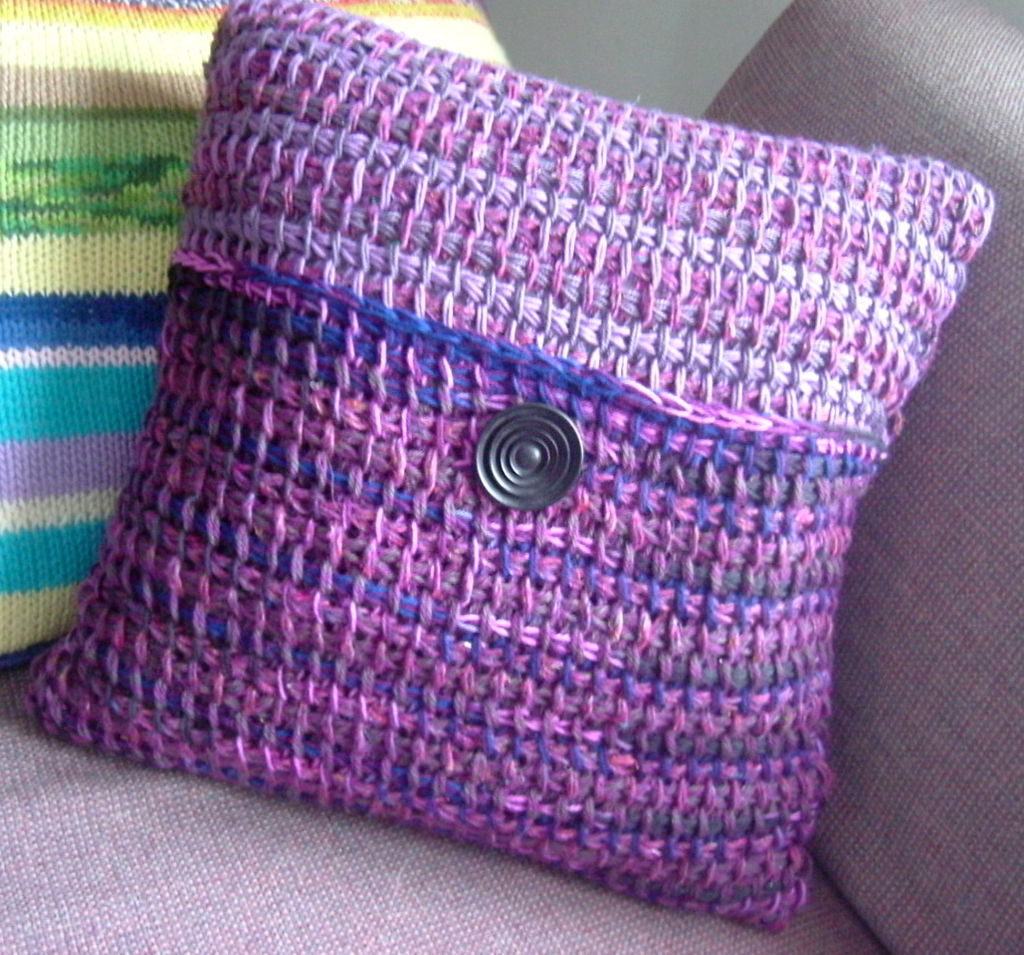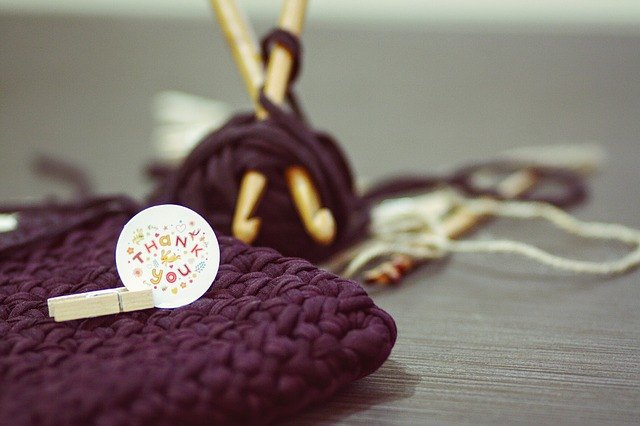Tunisian crochet, also known as Afghan crochet, is the lovechild of crocheting and knitting. As a cross between the two, it has all the utility of knitting needles with the tight stitching of crochet. Talk about the best of both worlds!
So how can you pick up the hobby and this specific style? Is it difficult? What tools do you need?

We’re here to teach you all of this and more. So, first up, what is Tunisian crochet?
Tunisian Crochet
Tunisian stitch-work creates a compact, fluffy texture that is great for making heat-mats, blankets, and scarfs that keep out the cold and keep the heat in.
Tunisian crochet isn’t all that dissimilar from crochet. The main difference is in the tool; instead of a short, six-inch hook-ended needle, a twelve-inch hook-ended needle with a balled-end to prevent stitches from slipping off is used.
This style of crochet has a smoother flow. Instead of working and finishing off each stitch at a time, you work in rows; stitches are picked up in one direction – the forward pass – and finished on the way back – the return pass.
This is why Tunisian crochet is often compared to knitting – only as a faster, better, and easier version.
Due to these similarities, people versed in knitting will have an easier time learning Tunisian crochet over basic crochet. The dexterity and muscle memory has already been built up!
Is Tunisian Crochet Better Than Knitting?
Well, it depends on who you ask. Some find knitting more versatile, as it is easier to find all manner of patterns and designs for knitting projects.
It must be said, too, that crochet does eat up roughly 30% more yarn than knitting does. But! Crochet may be limited in some ways, yet is so boundless in others.
Knitwear for cooler weather benefits from being crocheted over knitted, as crochet creates much heavier, stretchier swatches of fabric.

Heat is insulated far better by crocheted blankets, beanies, and sweaters than knitted ones, making it a great alternative for winter-wear.
Another plus is that crochet projects can be completed in days where knitting would take weeks to do. Crocheting a few decorations, flowers for example, will be but a pleasant afternoon’s work.
When it really comes down to the line, it’s a matter of preference. No one can definitively say that crochet is better than knitting. It’s all up to you.
So, after all that, surely you are wondering how to Tunisian crochet.
Tunisian Crochet: Tips and Tricks
Watch Videos
Crocheting is not so easy to understand through text alone, especially if you are coming into the craft as a beginner.
There are terms that describe certain techniques and steps that will make no sense at all to the uninformed. Tunisian crochet stitches are pretty simple once you get into the swing of things, though!
The best way to make the road into crocheting smooth is to supplement your learning, if not with actual classes, then with videos. Learn by doing! One quick Google search returns hundreds of videos.
Dealing with Curls
Curls happen when the yarn is pulled too tight, and they are the bane of anyone that crochets. The best way to stop your project from curling is to prevent them from ever forming.
To accomplish that, it’s wise to go up a hook size. If you are jumping over from knitting, it may be useful to go up a size regardless, as crocheting requires less tension than knitting; it could take time for you to become accustomed to this.

In general, a good rule of thumb is to use a hook size two above what the yarn label recommends.
If the crocheted fabric curls no matter what, the next best thing to do is blocking. This means stretching the fabric into the shape you want and letting it ‘relax’ into that shape.
Dry blocking only works well on very subtle curls. For more stubborn and exaggerated curls, wet blocking will be needed.
Basically, pin the fabric into the desired shape and then wet it. Spray with water until the yarn is damp, not soaked, and let it dry. You may have to do this more than once depending on the severity of the curl.
Whip Stitches
Depending on the scale of your project, it may be easier to work in sections and use a simple whip stitch to connect it all together.
Infinity scarves and the classic patchwork quilt are two great examples of this in practice! (Working in smaller patches like this is also a way to get around curling!)
Here’s a video showing more details on how to Tunisian crochet.
To Tie It Up
Tunisian crochet is a technique that is relatively simple to learn. It creates swatches of plush fabric that takes days, not weeks, of effort to create.
This guide has given you some general information, and a few neat tips, for how to get started. Now get out there and start stitching!
